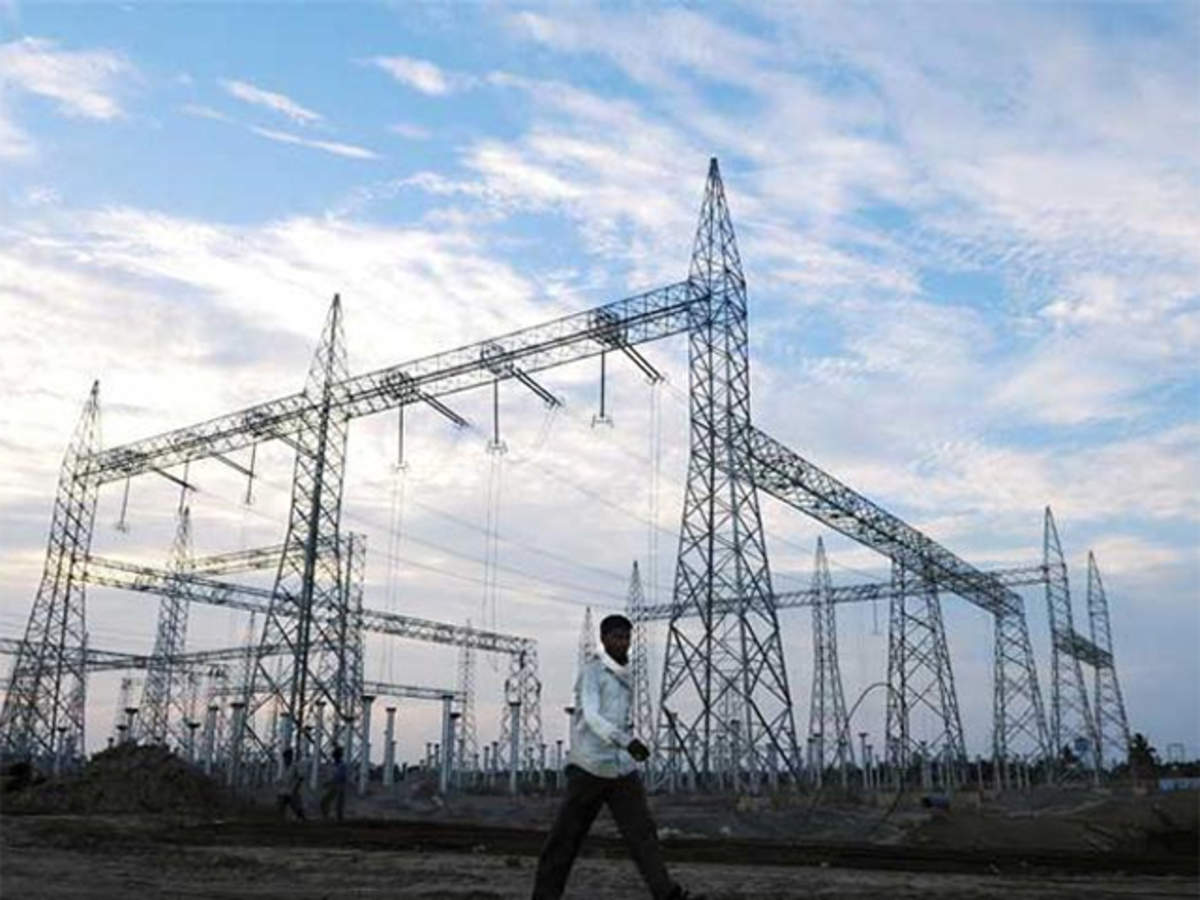As temperatures surge, especially during peak demand periods, the strain on energy infrastructure becomes evident. This strain often leads to concerns about potential blackouts or brownouts. To address this, efforts are underway to tap into idle capacity within the energy grid.
One approach involves activating dormant power plants or facilities that are typically kept in reserve for such occasions. These plants may be older or less efficient but can provide crucial support during times of high demand. Additionally, technologies such as demand response systems allow utilities to temporarily reduce electricity usage in non-essential areas, helping to alleviate strain on the grid.

Source:- BBC News
Renewable energy sources also play a role in meeting peak demand. Solar and wind power, while intermittent, can be integrated with energy storage systems to provide reliable electricity during peak periods. Battery storage technology, in particular, has advanced significantly in recent years, allowing excess energy generated during off-peak times to be stored and used when demand is high.
Source:- BBC News
Furthermore, energy efficiency measures can help reduce overall demand and lessen the need for additional capacity during peak periods. This includes initiatives such as upgrading to more efficient appliances, improving building insulation, and implementing smart grid technologies that optimize energy usage.
Collaboration between government agencies, utilities, and industry stakeholders is essential to effectively manage surging peak demand. This involves forecasting demand patterns, coordinating response efforts, and investing in infrastructure upgrades where necessary. Public awareness campaigns can also encourage consumers to conserve energy during peak times, further reducing strain on the grid.
In the long term, diversifying the energy mix and investing in resilient infrastructure will be crucial for mitigating the impacts of surging peak demand. This includes expanding renewable energy capacity, upgrading transmission and distribution networks, and exploring innovative solutions such as microgrids and virtual power plants.
By proactively addressing surging peak demand through a combination of strategies, stakeholders can ensure a reliable and resilient energy supply, even during extreme weather events and periods of high demand.
Share your views in the comments

